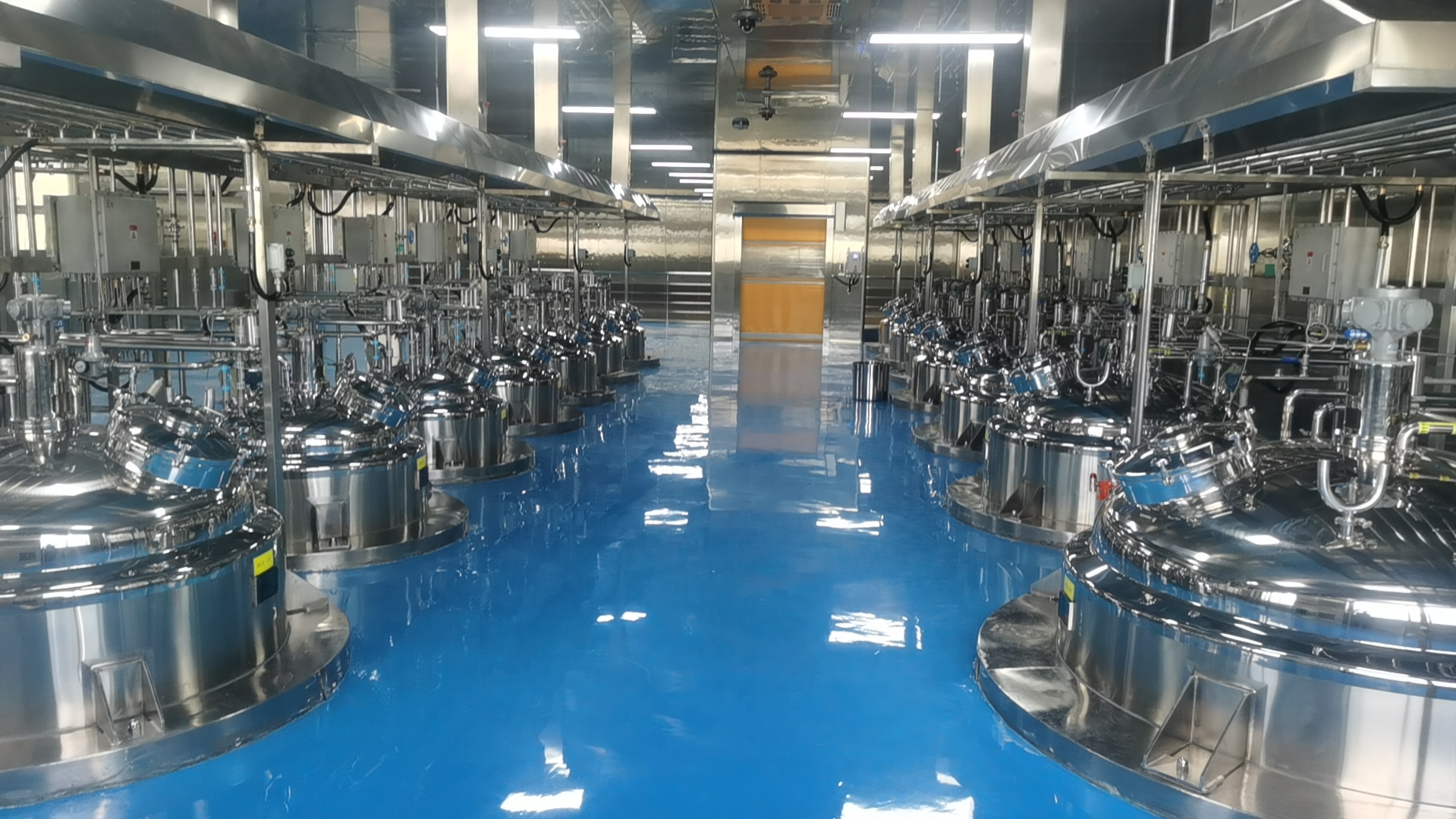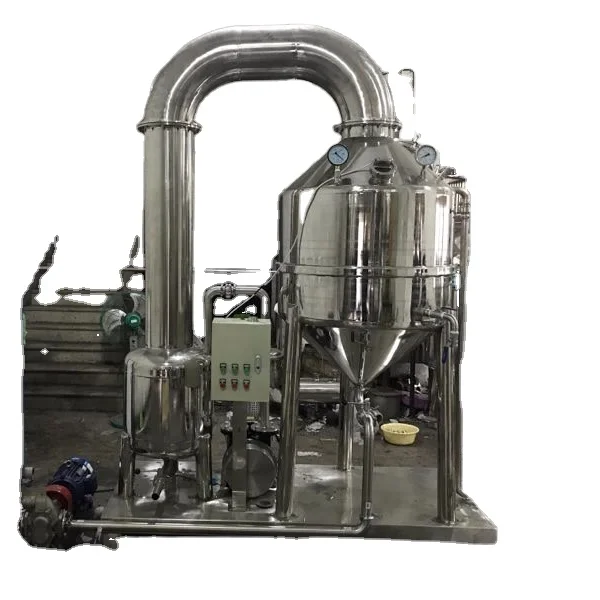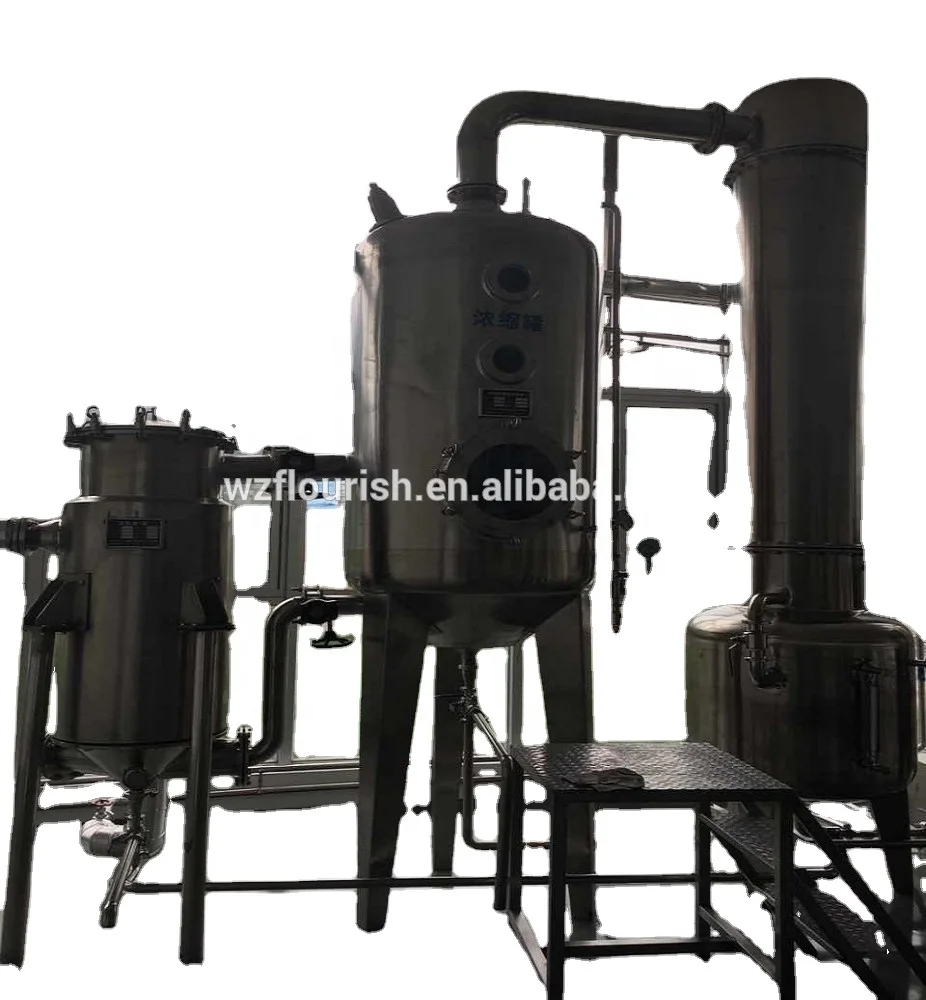
ABOUT
Wenzhou Vince Machinery Science Co., Ltd. was established in early 1980s. Our company covers an area of 6500 square meters and is an independent legal representative firm, possessing rich economic technology strength. Our company is a high tech enterprise and plays an important role in national dairy, foodstuff, pharmacy and machinery industries. We are a beverage machinery supplier.
Since the establishment, our company has mainly engaged in dairy products, foodstuff, beverage machinery, bean products, yellow wine, medicines and fermentation projects. What's more, our company supplies a complete sequence services in manufacturing, installation, test and personnel train, as well as the whole direction service design and consulting service on product project construction or enlargement artistic distribution engineering sets budget.
Thin Film System
Fabrication Techniques
Creating these incredibly thin layers requires sophisticated techniques. Physical Vapor Deposition (PVD), a common method, involves vaporizing a target material and depositing it onto a substrate. Techniques like sputtering and evaporation fall under this category, offering different levels of control over film thickness and uniformity. Chemical Vapor Deposition (CVD), on the other hand, utilizes chemical reactions to deposit the film, often providing superior conformality – the ability to coat complex three-dimensional structures evenly.
The choice of fabrication technique depends heavily on the desired material properties and application. For instance, sputtering is often preferred for its ability to create dense, high-quality films, while CVD excels in applications requiring intricate conformality. Recent advancements have also seen the emergence of hybrid techniques, combining the benefits of different methods to optimize film quality and control.
Material Properties and Tailoring
The unique properties of thin films stem from their reduced dimensionality. Quantum mechanical effects become prominent at these length scales, leading to altered optical, electrical, and mechanical characteristics. For instance, the optical properties of a thin film can be tuned by controlling its thickness, enabling the creation of interference filters, anti-reflective coatings, and even highly selective color filters.
Furthermore, the composition and structure of the thin film can be precisely controlled during fabrication, allowing for the engineering of tailored properties. This opens the door to creating materials with enhanced hardness, corrosion resistance, or specific electrical conductivity, catering to a wide range of applications.
Applications Across Industries
The versatility of thin film systems has propelled their adoption across numerous industries. In electronics, they serve as crucial components in transistors, integrated circuits, and displays. The conductive and insulating properties of different thin films are expertly layered to create the functional devices powering our modern world.
Beyond electronics, thin films are employed in optics for creating lenses, mirrors, and filters with superior performance. In the automotive and aerospace industries, they offer enhanced durability and protection against wear and corrosion. The possibilities are vast, constantly expanding as researchers explore new materials and fabrication techniques to unlock the full potential of these miniature marvels.
SUBSCRIBE
INQUIRY





